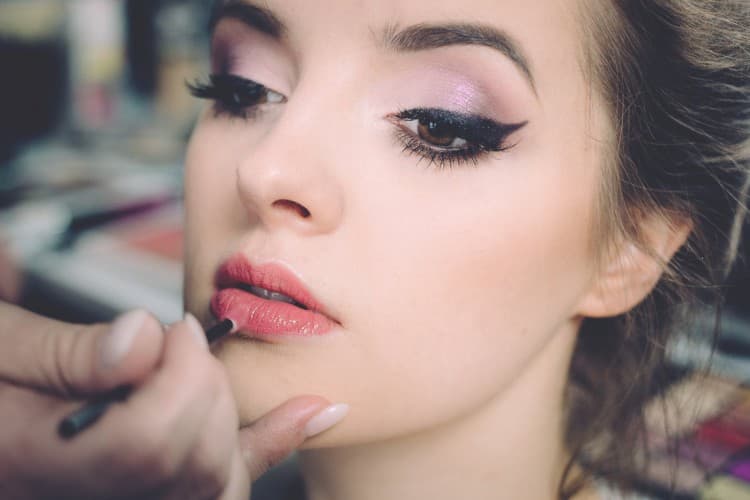
No matter what the global economy seems to do, demand for plastic and cosmetic surgery is going up steadily year on year. And although the USA continues to be the biggest consumer of plastic surgery procedures worldwide, countries like Brazil, Japan, Italy, and Mexico have also seen demand skyrocket. Here we take a look at some of the most popular procedures, just how common they are, and how different geographical regions opt for different procedures and treatments.
Different beauty standards around the world
One of the most fascinating aspects of looking at popular cosmetic surgery around the world is the commentary it makes on what different societies and cultures perceive as their beauty ideals. In the USA, breast augmentation procedure in Orange County is the most commonly performed invasive treatment, whereas in China, Japan, South Korea, and Brazil, rhinoplasty is more popular.
Another interesting trend is the high rate of eyelid surgeries in Asia – perhaps to achieve a more Westernized appearance, and high rates of buttock enhancement and liposuction in countries like Brazil. This could have a lot to do with the fact that Brazilians tend to spend a lot of time on the beach thanks to their seaside location, so are more likely to be seeking that perfect beach bod.
Even religion can play a role – in the State of Utah, for example, where the Mormon Church and the accompanying tendency to have lots of children is a large factor, women are more likely to go for abdominal surgeries like liposuction and tummy tucks.
Among men, the most popular surgeries were eyelid surgery, gynecomastia surgery (or man-boob reduction!), rhinoplasty, liposuction and hair transplants.
Looking at the numbers
Although the number of procedures performed on men is rising, women are still the biggest consumers at just over 86% in 2017. And while the US is the biggest consumer overall, it actually doesn’t account for the largest number of procedures per capita.
That title goes to South Korea, where about 20 people out of every 1000 are having a procedure performed, whereas the US total amounts to around 13 per 1000 citizens. Belgium and Taiwan clock in at around 17 per 1000 people, also significantly more per capita than the States.
Overall, however, the US still makes up almost 18% of all global plastic surgery procedures annually at around 4.2 million treatments. In second place is Brazil, where about half that – 2.5 million – procedures are performed each year.
What does that all add up to in monetary terms? The estimated global cosmetic surgery market is set to rise to a whopping $27 billion in 2019!
Fastest growing surgeries
As plastic surgery becomes safer and more effective, potential customers become more willing to go under the knife for less common procedures. In 2017, the biggest increase by number of procedures was labiaplasty and vaginal rejuvenation. The lower body lifts and buttock lift also showed a large increase. Of course, not all cosmetic treatments are invasive – non-surgical options such as Botox and other injectables are proving more and more popular around the world too.
So what does all this say about us?
Most of us need look no further than our own personal experience in understanding why people choose to undergo plastic surgery. If you had a magic wand, the vast majority of us have at least a few “problem areas” that we’d like to change. For those whose chosen career path puts them in the spotlight, the pressure to look your best can even be a way to further your professional career. And of course, no-one enjoys the visual cues and reminders of our own mortality that come hand in hand with the aging process!
It’s also not hard to understand the massive gender divide in the global plastic surgery stats when you take a look at an industry such as the music business. While there’s certainly pressure for young male pop stars to look a certain way, many rockers, singer-songwriters and musicians manage to achieve massive success without necessarily conforming to a set standard of beauty. We seem to expect a much higher standard from female performers, with… shall we say, less classically attractive singers, actresses and other performers finding it a lot harder to make it in the industry.
Thankfully, as the demand for common cosmetic surgery procedures increases, the medical science behind them is advancing too, as is the efficacy of non-surgical and non-invasive procedures. And if it helps people boost their confidence and self-esteem, then who are we to judge?
